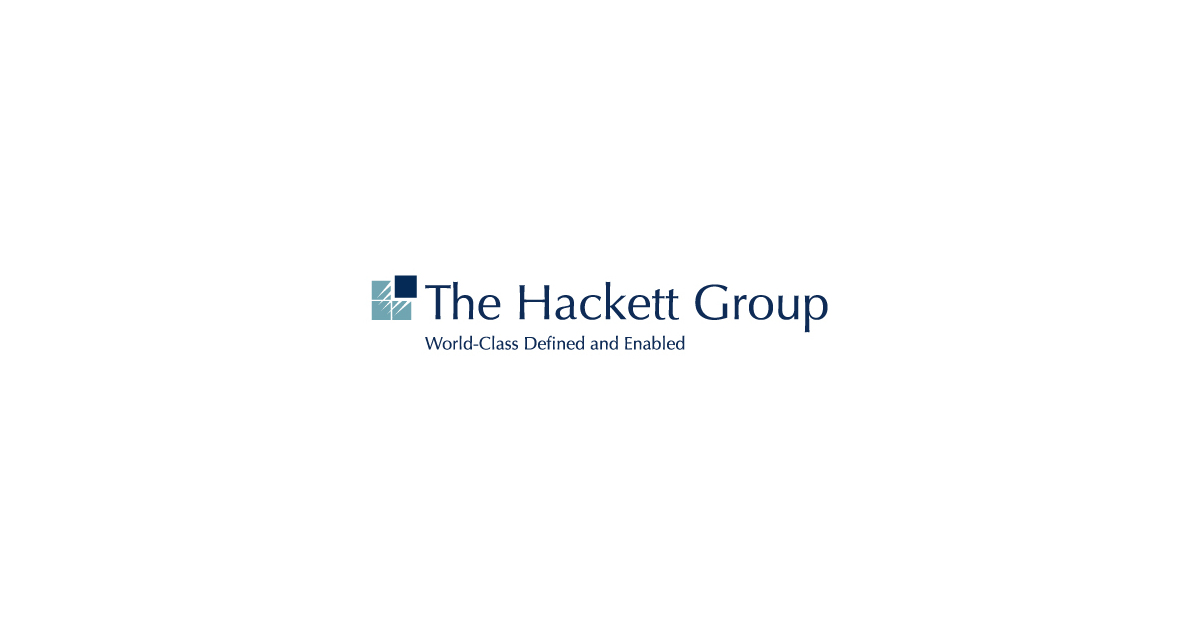Businesses generally need different types of financing to meet their short-term and long-term financing needs. Working capital financing is a type of loan taken out by businesses to increase inventory, meet payroll needs, and pay bills. This means that it is intended for short term purposes. When a business wants to acquire assets, such as equipment or machinery, working capital financing may not be an option. In such cases, the company will have to take out loans online and Online Equipment Loans can help you with this. The key to financial stability in business lies in choosing the right loan and using it properly.
Key Differences Between Equipment Loans and Working Capital Financing
i) Loan amounts
One of the main differences between equipment loans and working capital financing is the lending limits of these loans. Usually, equipment financing comes with higher loan limits than working capital loans. This is because it usually costs a lot of money to procure tangible assets, such as plant and machinery or vehicles. Since working capital loans are only used for non-asset related expenses, they usually come with a lower loan limit.
ii) Uses
Another difference between the two types of loans is the usage. While equipment financing is only used to acquire tangible assets, working capital loans are only used for non-asset related expenses, such as payroll, increase in inventory, fees general expenses and utility bill payments, among other types of expenses that are not tied to long-lived assets.
iii) Warranty
Most long-term loans usually come with a security requirement. Therefore, borrowers must provide some form of security acceptable to the lender. In many cases, the financed equipment can serve as sufficient security for the loan. However, some lenders may require additional collateral. While equipment financing requires collateral, working capital loans do not. The money advanced by the lender is based on the ability of the business to generate income. In other words, working capital loans are unsecured while equipment financing is secured.
iv) Down payment requirement
Most lenders typically require businesses to put down a small down payment to purchase the equipment they need. For example, they may require a 10% down payment for equipment financing, but other lenders may require a larger down payment than that. On the other hand, working capital financing does not require any down payment. This is a major difference between these two types of financing.
v) Repayment period
Due to the loan amounts involved, equipment financing typically comes with a longer repayment period than working capital loans. The ability of the borrower to repay the loan within a given time generally affects the term of the loan. While most equipment financing has a term of several years, working capital loans have a shorter term of several months or a few years.
vi) Interest rate
Since interest rates are usually a measure of risk, the interest rate charged for equipment financing is usually lower than for working capital loans because the loan is secured, so the risk for lenders is limited. Working capital financing is not guaranteed, so the risk is greater. This means that borrowers have to pay a higher interest rate.
Guide to choosing the best business financing
Whether you need equipment financing or a working capital loan, it is essential that you consult a loan broker. Indeed, they have the resources to help customers find the loan that best suits their needs. The ideal broker should be licensed, insured and bonded. They must also have a lot of experience in the industry as well as a great reputation. The following tips will help you find the right loan:
Tip 1: Compare interest rates
When comparing loan products, the key factor to consider is the interest rate charged. Rates usually differ from lender to lender, so be sure to take your time asking for quotes and doing a comparison to identify the most affordable loans.
Tip 2: Compare processing fees
Most lenders usually charge a lot of upfront fees. This includes processing fees, trading fees, insurance premiums and many more. Be sure to check and compare all fees charged by different lenders before making a decision. This will help you find the most affordable loan.
Tip 3: Processing Speed
You can make a comparison of loan processing speeds of different lenders as you might need funds urgently. The faster the processing speed, the better. Firms that guarantee 24-hour loan approval and disbursement should receive preferential treatment.
Tip 4: Check the terms and conditions of the loan
Before choosing a loan, you should read the terms and conditions that come with the loan. You don’t want to get a loan without knowing the terms and conditions that come with it. After all, the loan can carry hefty late penalties and the ability for the lender to call back the primary loan on first default. Therefore, you must go through the terms and conditions of the loan before committing.
You can save a lot of time and effort by working with a loan broker because they have the time, resources, and knowledge to help you find the best loan for your business financing needs.



/cloudfront-us-east-2.images.arcpublishing.com/reuters/VCIBPVEPJRNYFMOYYOP2QHEBYI.jpg)








